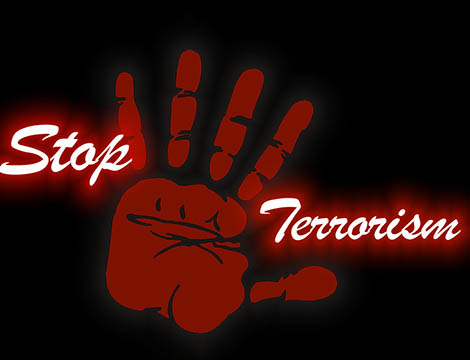
This article was originally published by Saferworld on 26 July 2016.
The US Department of State and USAID have laid out how American development and diplomacy agencies will work together to reduce violent extremism abroad. David Alpher urges caution in the melding of development and security agendas – a prospect that risks undermining the objectives of both.
The Countering Violent Extremism (CVE) agenda has grown so rapidly in American policy that, “at this point,” one government official jokes, “even the lunch ladies in the cafeteria are doing CVE.” The White House held a head-of-state level summit on the subject in 2015, and the State Department recently merged its CVE and counter-terrorism work into one combined bureau—but until May 2016, the term had never been officially uttered by USAID. Alternative phrasing like The Development Response to Violent Extremism, for example—the title of the last USAID report on the subject — helped insulate American development and peacebuilding efforts from the securitized aspects of the rapidly growing CVE agenda.
The Department of State & USAID Joint Strategy on Countering Violent Extremism – released at the end of May, officially changed all that. The strategy sets out how American development and diplomacy will work together to help to reduce violent extremism. Navigating this cooperation is a complicated and at times dangerous path, and following the upcoming election, the next US administration will have a good deal of work ahead to decide whether it is really progress or not. My thoughts on that are here.
